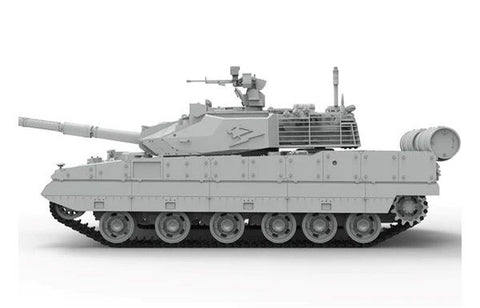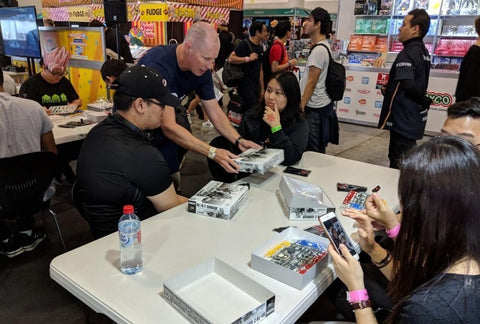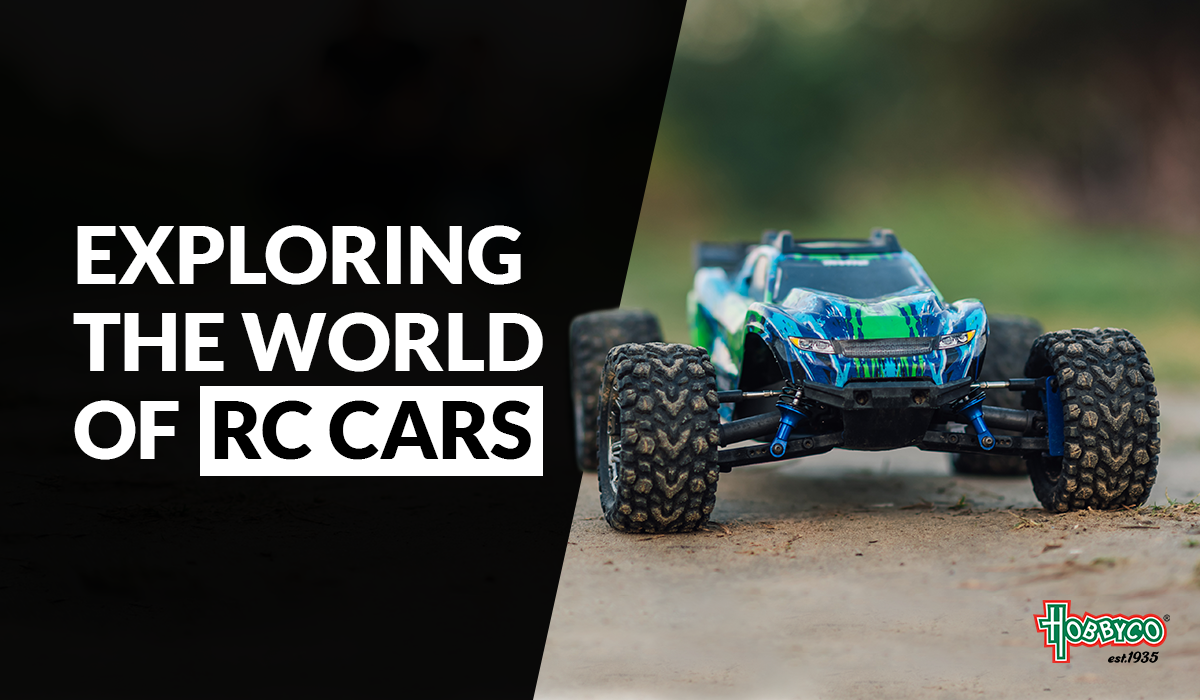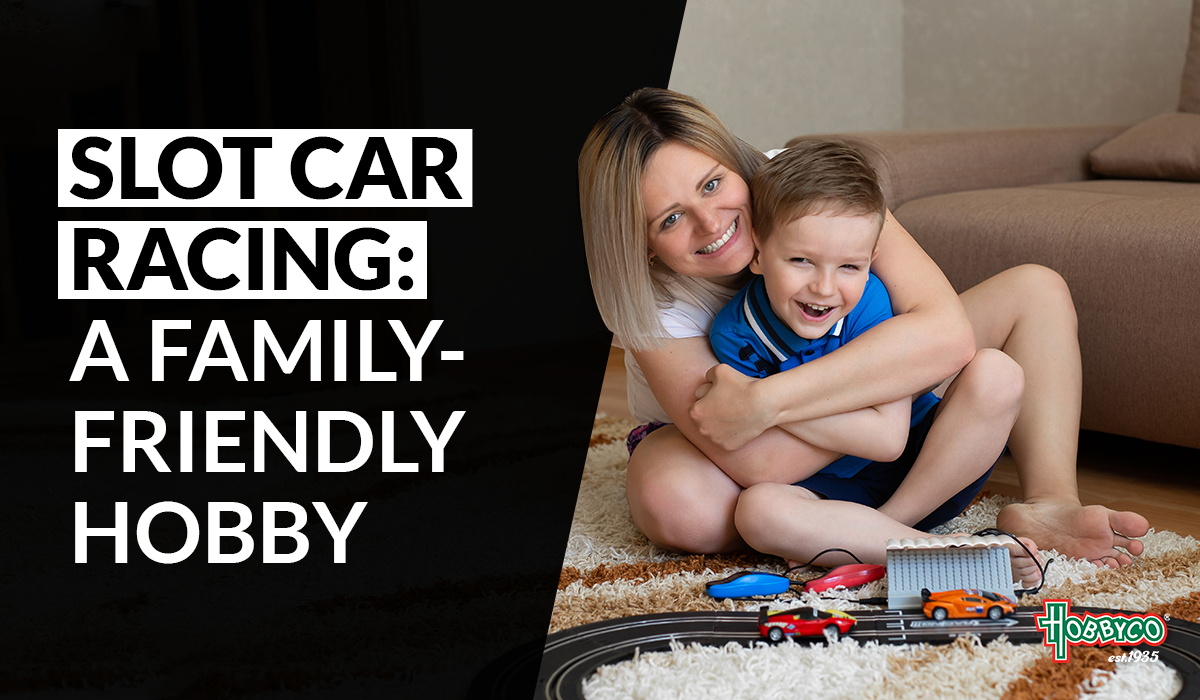Frontline Strategies: A Guide to Military Model Kits for Beginners

Military model kits offer enthusiasts a chance to recreate history and indulge their passion for precision and detail. For beginners, stepping into the frontline of military modelling can be both exciting and daunting, but with the right strategies in place, it becomes a rewarding journey of skill development and creativity.
In this guide, we'll delve into the essential strategies beginners need to know about. From understanding the basics to mastering advanced techniques, we'll equip you with the knowledge and tools to kickstart your hobby with confidence and ease.
Understanding Military Model Kits

Military model kits come in various forms, including tanks, aircraft, ships, and figures, each offering a unique challenge and learning experience. Scale plays a crucial role in determining the size and complexity of the model, with common scales ranging from 1:35 to 1:700. Beginners should start with simpler kits in scales, such as 1:35 or 1:48, before progressing to scales like 1:720 or 1:144.
Materials and tools are essential frontline assets for any hobbyist. Basic tools such as hobby knives, sandpaper, and plastic cement are necessary for assembly, while paints, brushes, and weathering powders add realism and detail to the finished model. Understanding the purpose of each tool and material is key to successful modelling.
Essential Techniques for Beginners

Preparation and organisation are frontline tactics for success in military modelling. Before starting a project, beginners should read through the instructions carefully and ensure they have all the necessary tools and materials at hand. Organising parts and keeping a clean workspace helps prevent mistakes and streamlines the assembly process.
Basic assembly tips include following the instructions step by step, test-fitting parts before glueing, and using the right amount of adhesive to avoid messy joints. Patience is a frontline virtue in modelling, as rushing can lead to errors that detract from the finished model's quality. Beginners should take their time and focus on mastering each technique before moving on to more advanced skills.
Building Your First Military Model Kit

Selecting the right kit is crucial for beginners. Look for kits labelled "beginner-friendly" or "snap-fit" to start with, as these require minimal assembly and are designed for ease of use. Tanks and aircraft are popular choices for first-time modellers due to their relatively simple construction and abundance of available kits.
Step-by-step assembly guides included with each kit provide frontline guidance for beginners. Following these instructions carefully ensures that parts are assembled in the correct order and orientation, minimising the risk of errors. Beginners should take their time with each step, referring to reference photos or online resources if needed to clarify any unclear instructions.
Advanced Tips for Improvement

Weathering and detailing techniques are frontline strategies for adding realism and depth to military models. Dry brushing, washes, and chipping effects are commonly used to simulate wear and tear on vehicles, while subtle shading and highlighting techniques enhance the appearance of figures and uniforms. Practise these techniques on spare parts or test models before applying them to your finished kit.
Customisation and personalisation allow hobbyists to put their own stamp on their models. Adding aftermarket photo-etched parts, resin upgrades, or scratch-built details can take a kit to the next level and showcase the builder's creativity and skill. Experiment with different techniques and materials to find what works best for your style and preferences.
Resources for Beginners

Online tutorials and communities serve as support networks for beginners. Websites, forums, and social media groups offer a wealth of information, advice, and inspiration for modellers of all skill levels. Joining these communities allows beginners to connect with experienced hobbyists.
Moreover, local hobby shops like Hobbyco serve as bustling hubs where modellers can learn, connect, and collaborate. We offer a dedicated blog section where beginners can glean insights from our team, as well as workshops and events for hands-on experience with tools and techniques.
Forge Your Path to Modelling Mastery with Hobbyco
By understanding the basics, mastering essential techniques, and seeking out resources and support, beginners can unlock their potential and achieve success in their modelling endeavours.
With Hobbyco at your side, every hobby becomes a thrilling adventure, blending the joy of discovery with the satisfaction of achievement. So, embrace the process, relish the challenges, and savour the victories along the way.
With locations conveniently located throughout Metro Sydney, finding the perfect hobby shop near you has never been easier. Experience the excitement of exploring our vast selection of Model Kits, expert advice, and exceptional customer service. Discover why Hobbyco is the number one hobby shop in Australia.




